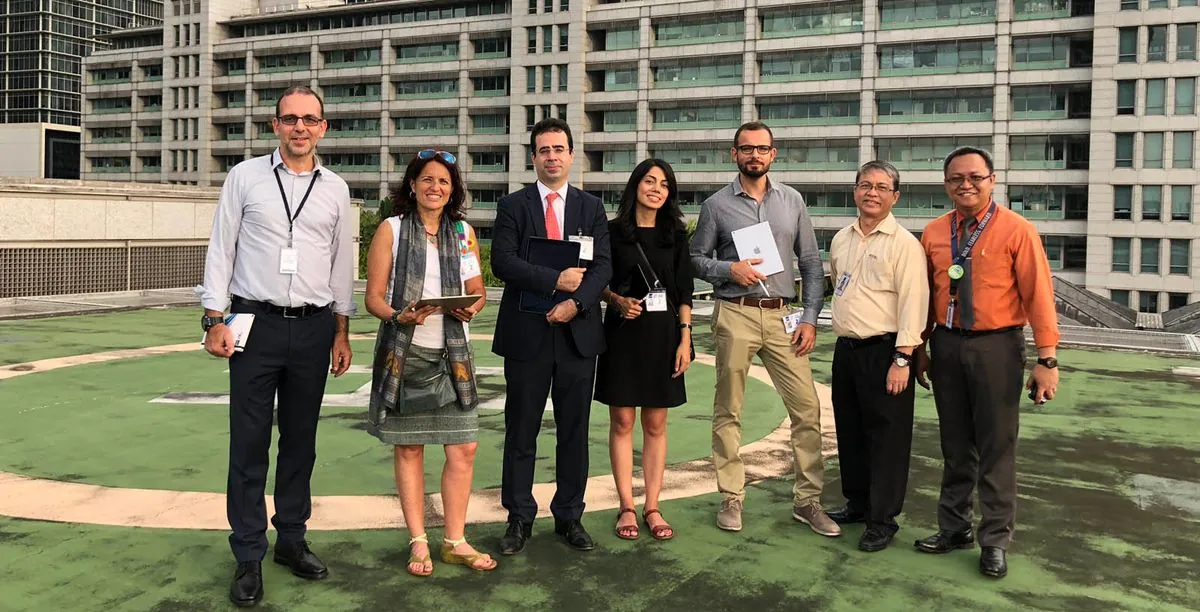The Asian Development Bank (ADB) has announced a significant update to its strategy, focusing on climate finance and private sector engagement. This revision comes as part of the bank's efforts to address the pressing development challenges in Asia and the Pacific region.
Central to the strategy update is ADB's new climate finance goal. The bank aims to allocate 50% of its annual lending to climate-related projects by 2030, a substantial increase from its current 35% target. This ambitious objective is accompanied by a cumulative climate finance target of $100 billion between 2019 and 2030, with $30 billion already contributed.
Tomoyuki Kimura, ADB's strategy director, emphasized the bank's commitment to climate action, stating, > "We want to be the climate change bank in the region."
The strategy update also outlines five key development priorities for Asia:
1. Climate change mitigation and adaptation
2. Private sector development
3. Cooperation on public goods (e.g., healthcare)
4. Digital transformation
5. Resilience-building in vulnerable communities
To bolster private sector involvement, ADB has set a target of $13 billion in financing for private sector projects from 2019 to 2030. This represents a significant increase from the current $3.7 billion allocated since 2019. The bank aims to achieve this through its own lending and partnerships with other institutions, including a minimum of $4.5 billion in direct private capital mobilization.
Masatsugu Asakawa, ADB President, highlighted the urgency of the bank's updated approach: > "Cascading shocks have derailed years of development progress in Asia and the Pacific. ADB is updating its vision, expanding its financial capacity and modernizing its operational approach to help its members respond to these unprecedented challenges."
This strategy revision follows ADB's approval of reforms to unlock $100 billion in new financing capacity over a decade, responding to a mandate from U.S. Treasury Secretary Janet Yellen for development banks to expand lending for climate change and other global crises.
While the bank is working to deploy its additional lending capacity, it faces challenges in project preparation and approval processes. ADB is actively addressing these constraints to ensure effective utilization of its expanded resources.
Established in 1966, ADB has been a key player in Asia's development landscape. With 68 member countries and a focus on areas such as infrastructure, environment, and education, the bank has consistently adapted its strategies to meet the region's evolving needs. Its AAA credit rating and partnerships with international organizations underscore its crucial role in fostering sustainable development across Asia and the Pacific.
